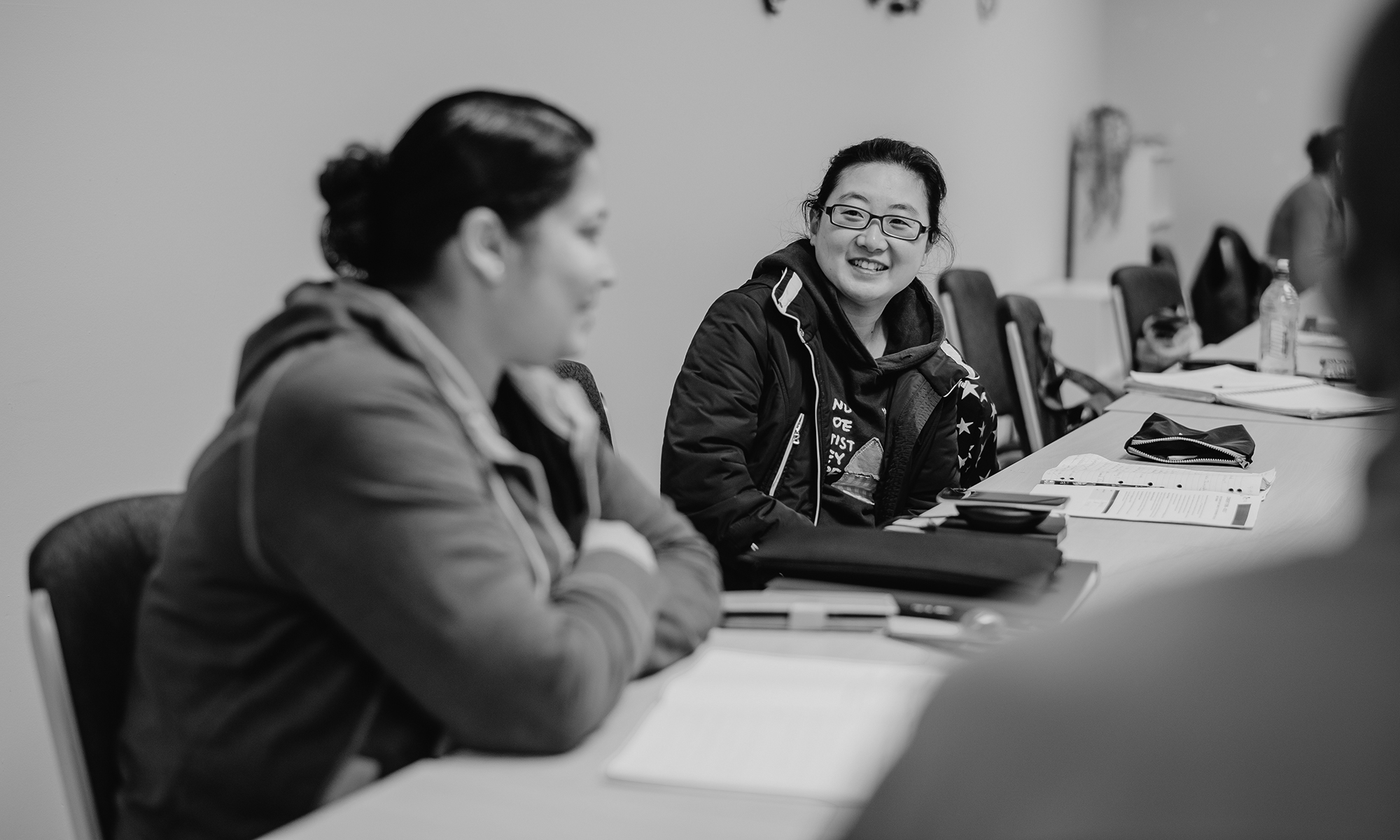Authors: Kouros Samanian, Hoda Nedaeifar and Ma’soumeh Karimi, University of Arts, Tehran, Iran
Edition: Volume 56, Number 1, April 2016
Summary: As previous studies suggest, titles of works of art have generally proven to be influential elements in reading and interpretation of the artworks. In the exhibition context, titles can be considered as a physical component of the museum or art gallery’s space. According to the relatively new approaches, learning, being a subcategory of interpretation, occurs as a result of the dialogue between the personal background of the visitor and the context of museums. The present study takes shape on the ground of general studies on titles to account for titling role in the interpretation, hence the learning process of visitors. It also attempts to show whether the artistic background of visitors would influence the role they assign to titles in the process of interpretation. The results of this study can inform art galleries of how visitors regard titles and how titling can be a potential learning element. It may also suggest designing titling manuals to inform the artists of how titles can act as a medium between the artwork and audience. By following a survey method, 243 questionnaires were obtained from visitors of five painting exhibitions in the art galleries of Tehran. The data was analysed using SSPS software. The results suggested that interaction of visitors with titles can be categorised by two indicators of importance and functionality, both of which received high value by visitors to art galleries in Tehran. The most significant function of title for visitors was communicative function. Also, there was a significant, inverted relationship between the amount of artistic background and considering function and importance for titles.
Keywords: titles of artworks, art gallery, exhibitions, visitors’ learning, Tehran, Iran
![]()
![]()
![]()
![]() Share a copy of this abstract.
Share a copy of this abstract.
This article is part of AJAL, Volume 56_1. The entire volume is available in .pdf for purchase here.
